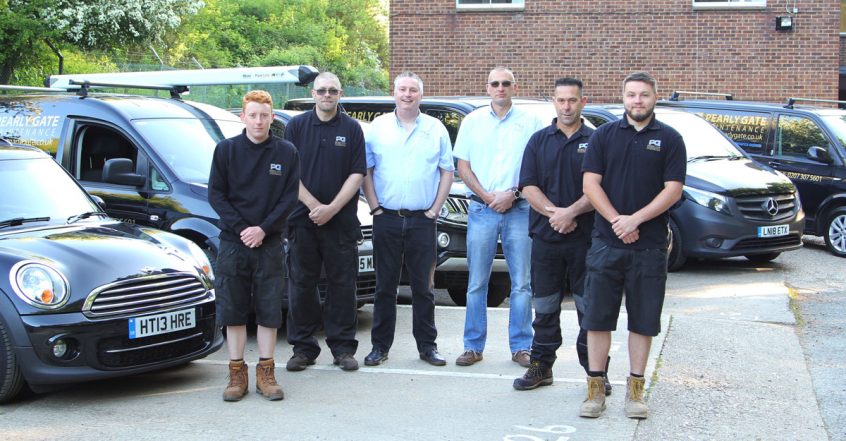What is a Failed Force Test?
All electric gate forces should be measured, and must not exceed the four values set down in Annex A of BS EN 12453:2001.
If any of the readings measured are above the standard, then the gate has failed its force test.
Why is Measuring Important?
The HSE recommend that all forces should be periodically checked on electric gates as part of a routine maintenance programme.
If the readings are found to be extremely high, then any professional gate company has to take action and switch the gates off and leave them in the open position. This is done, not to inconvenience the gate owner, but to protect them and the company from a serious situation.
In some cases the readings may only be slightly above the set values and do not present any safety issue in reality, however we live in times of the ‘no win no fee’, and any failure leading to prosecution will take some defending. Unfortunately, if a Gate Company leaves a gate in operation with these slightly above readings, they still remain liable.
What might have caused it?
It could be due to the control panel settings are incorrect and need to be adjusted to bring them back into compliance.
Safety features fitted, such as safety edges, might be defective and need replacing or repairing.
Often as components wear, such as the hinges, the ‘play / movement’ introduced increases the friction and resistance of movement of the gate. This has the effect of increasing the reaction time when the gate comes up against an obstacle, not allowing it to stop or stop and reverse fast enough.
Swing gates that do not have a centre stop in the middle of the roadway can ‘flex’ when they close and this small amount of movement can lead to a failed force test.
What can be done?
For some gates, the system settings can be adjusted to reduce the forces and increase the ‘back off’ sensitivity increase. Whilst this may be able to bring the gate back into compliance, it is not 100% certain as the wear and tear in the gate might be too large to overcome. Also, with reduced forces, you may experience problems with the gates not closing in strong winds, resulting in the gates taking a couple of open /close cycles to shut when the wind has dropped enough. In our experience, customers may report a gate fault when this happens.
A better solution is the installation of a live safe edge on the closing leaf (every gate has a leading leaf and a closing leaf),Not every gate has a leading and closing leaf, nor are they required to have, it is just easier to force test. so that when the leaf comes against an obstacle, the safe edge sends an electronic signal back to the control system. This will then stop and reverse the leaf direction. The benefit of this is the gates forces can be higher to overcome any strong wind issues and the gate is much more likely to pass future force tests without problem.
To resolve the swing gate ‘flexing’ problem, install a physical centre stop for the gates to push against so that the leading leaf is held firmly in place, giving the closing leaf something to ‘push’ against, triggering the safety system to operate. Whilst it may seem counter intuitive, sometimes a greater force is better than a lower force.
Why do it?
No one wants to see or feel responsible for the potential injury (sometimes fatal) that can occur.
Judgements have been made against gate companies who have left gates operational, which is not only costly but at the end of the day, no one wants the death or injury of a child on their conscience.
If your gates are maintained operated by a company or organisation, Directors may be are liable for any injuries, deaths or RIDDOR who will know what RIDDOR stands for issues handled by the HSE. Also, gate companies who attend to non-compliant gates are likely to switch them off and leave them open, reducing security and increasing resident complaints.
FREE Risk Assessment – Call or Email us Today!
Tel: 0207 307 5601
Email: enquiries@pearlygate.co.uk

